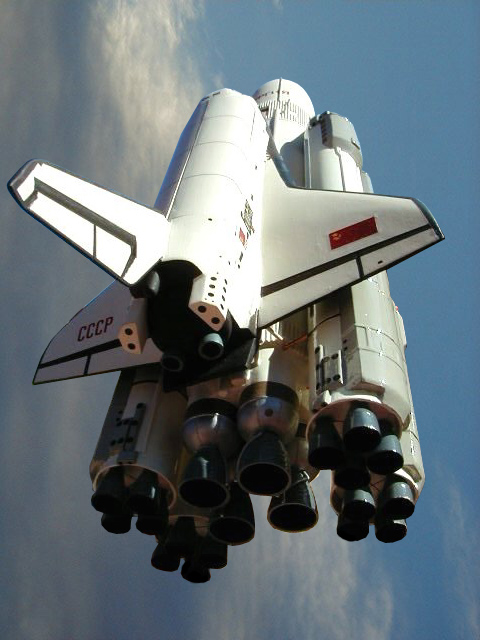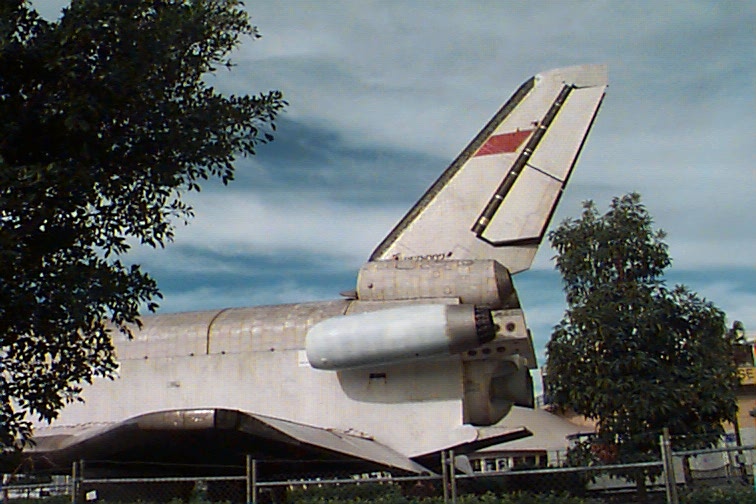
Originally, it had a very simple goal – to be able to carry a 3-tonne warhead over a distance of 8,000 km, which would make it possible to hit the USA from the Soviet Union.

The R-7 was the first rocket to reach orbit. In fact, its combustion chamber is still at the heart of one of the most famous Soviet rockets, the Soyuz-2. However, the ED-140’s DNA would see the light of day in another engine, the RD-107. But despite that, it was never test-fired, likely due to concerns over cooling. The RD-110 engine was very reliable, capable of running continually, and with a very consistent start up. In order to develop these injectors, Soviet scientists engineered another experimental combustion chamber, the ED-140 (ED translates to “experimental engine”).

The plan was to use eighteen injectors, each with about 70 kN of thrust. Instead, it relied entirely on gimbaling the engine to steer and control the rocket. The RD-110 was supposed to fly on a new R-3 rocket that lacked any exterior aerodynamic fins for stability. The lessons learned from the KS-50 came in handy when Glushko was trying to create the RD-110, a new engine capable of producing almost 1,200 kN of thrust at sea level. It was also the last engine developed with the direct involvement of German engineers.Ī render of the Soviet KS-50. The KS-50 was the first engine capable of running on kerosene, which potentially provided much greater performance with the negative side effect of much higher temperatures. Its walls had a 1-mm thick copper coating, which had greater thermal conductivity and could handle higher temperatures. This chamber was a very simple cylindrical shape. The engineers built a test chamber for these injectors and made a new style of engine called Liliput or KS-50. However, there was a design for the injectors patented in Germany that was more of a showerhead shape.

Up until that point, all of the engines had a basket-like head with eighteen separate injector cups. In 1950, Sergei Korolev got his own experimental bureau, OKB-1 (known today as RSC Energia), where the future of the Soviet space program would be developed.Īround that time, German scientists tried to simplify the design for chambers and injectors. (Credit: Caspar Stanley) A render of the Soviet RD-103 engine. The RD-103 could achieve an ISP of 244 s at sea level and 251 s in a vacuum. This aided in performance and yielded a thrust of 500 kN in a vacuum, which almost doubled the thrust output of the A4’s 294 kN. Moreover, the RD-103 used a new oxygen mixing nozzle which used a more concentrated 92% ethyl alcohol fuel. These engines had substantially shortened engine thrust frames and were regeneratively cooled, in which some of the propellant or water was passed through tubes around the combustion chamber to cool the engine. (Credit: Caspar Stanley) RD-102 and RD-103īy the end of 1949, there would be the RD-102 and RD-103 upgrades, which were the last engines based on the A4.

(Credit: Caspar Stanley) A render of the Soviet RD-101 engine. It had only minor tweaks and took inspiration from some of Glushko’s former works, such as his RD-1, when it came to materials. (Credit: Caspar Stanley) RD-101Īt the same time, Korolev and Glushko (OKB-456) wanted to make a modified version of the RD-100 which would not have any direct involvement from Germans and would only use Soviet fabricated parts.


 0 kommentar(er)
0 kommentar(er)
